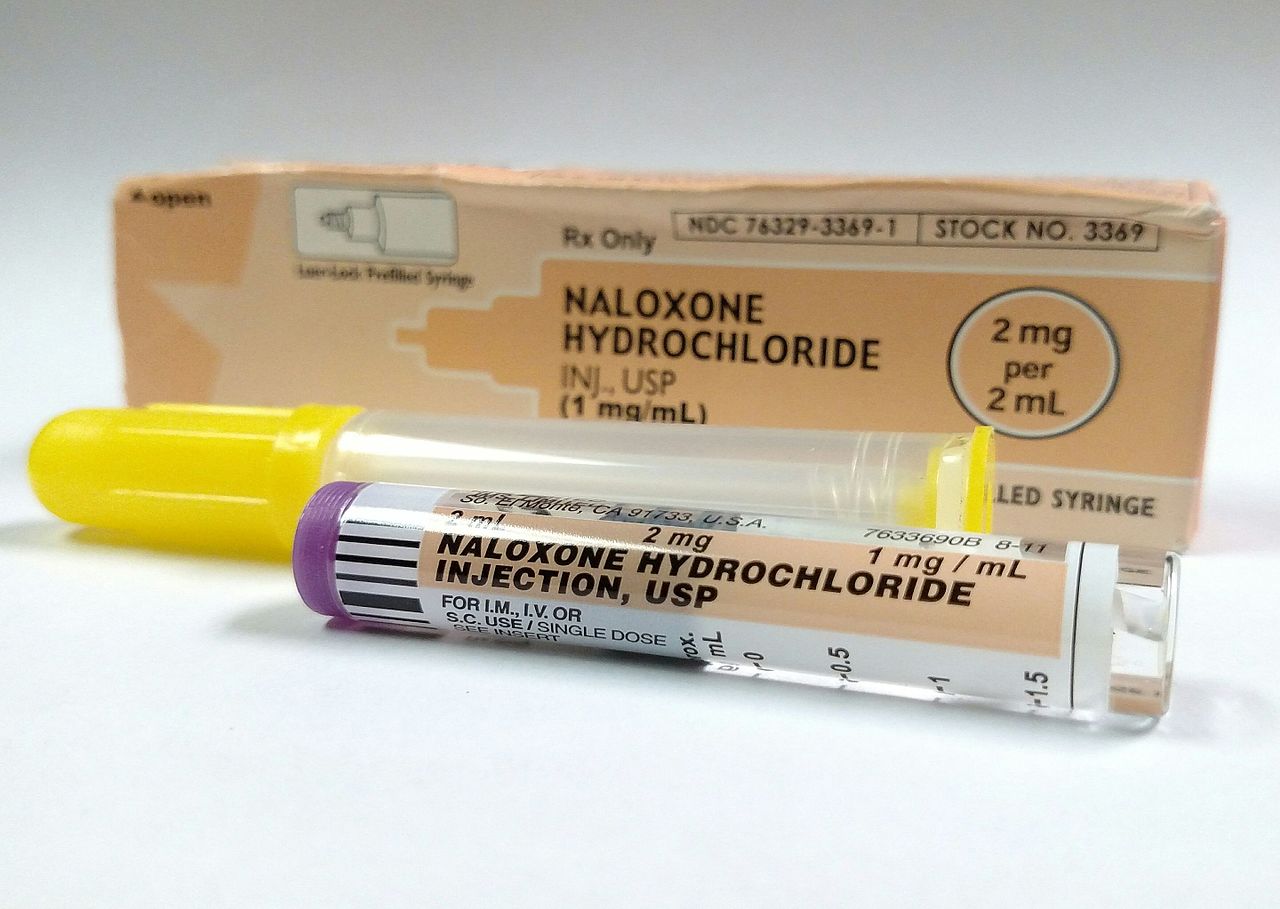Researchers in Illinois are developing a novel device to rapidly and automatically administer the opioid overdose antidote naloxone. Smaller than a pacemaker, it would be implanted in a person’s body. When it detects signs of an overdose, it would release naloxone—and even place a 911 call.
“The device is a small, wireless implantable system that monitors blood oxygenation, and upon detection of a drop in this parameter below a threshold value for a certain time period, automatically releases naloxone and initiates a call to first responders,” John Rogers, a biomedical engineering professor at Northwestern University who helped develop the device, told Filter. “To our knowledge, there is no existing device with such capabilities.”
The implant is good for four doses if a single dose doesn’t do the trick, and uses Bluetooth to connect to the person’s cell phone. It would be inserted just below the skin, near the lower back or next to the collar bone.
Rogers leads the research team at Northwestern University, with assistance from Washington University in St. Louis. They received a $10 million grant from the National Institutes of Health, which is trying to find better solutions to the opioid-involved overdose crisis. The team will begin testing the device on animals this year and, if successful, move onto clinical trials with humans by 2023.
“While Narcan can prevent deaths, it is not always readily available, and even if it is available, there is not always another person around to administer the medicine,” said Robert Gereau, a professor of Anesthesiology and Neuroscience at Washington University who also helped develop the device. “This device could fill that void, helping to ensure that if a person relapses and gets into trouble, there would be a fail-safe way to deliver the drug that could save them.”
While the device is innovative and exciting, its wider effectiveness will rest on how affordable and accessible it is to people who use drugs. For comparison, a pacemaker costs an average of about $6,250 for newer models, or $4,000 for older models. Medicare covers up to 80 percent of the cost of pacemakers because they are deemed “medically necessary.”
There’s no answer yet to the questions of how much this naloxone device would cost, and whether insurance would cover it. “We don’t perceive any financial barriers, and the cost should be low,” Rogers said. “The cost of the electronics and fluidics systems are low, and so is the naloxone itself.”
Gereau added that it is difficult to know yet what the device would cost, because of the novel technology used. However, he speculated that if it isn’t covered by insurance, both the device and the surgical procedure to implant it could be fairly expensive.
The low-tech alternative to this device—regular, intramuscular or intranasal naloxone—is certainly much cheaper. If purchased from a pharmacy, generic naloxone costs $20-40 per dose, while brand-name Narcan costs $130-140 per kit. If you are fortunate enough to live near a local harm reduction or public health agency, you could obtain a kit and get trained to use it for free. But naloxone that needs to be administered by another person doesn’t help if another person isn’t present.
Nevertheless, until this device becomes available, if you or your peers use opioids or other drugs and are at risk of overdose, carrying naloxone and making sure your friends and family know how to use it is the best thing you can do. Avoiding using drugs alone, and trying to have at least one sober buddy present while you use, are highly advisable. Pacing your dosing so you don’t do too much at once is another harm reduction strategy.
An even more effective preventative measure is testing your drugs. You can obtain fentanyl test strips from a local harm reduction agency if you have one, or buy them online. This is particularly important when fentanyl is being found in various illicit drug supplies throughout the US.
Photo by Mark Oniffrey via Wikimedia/Creative Commons 4.0





Show Comments